The Rich History Behind Global Tea Traditions
The story of tea traditions begins over 5,000 years ago in ancient China, where legend credits Emperor Shen Nong with discovering tea when leaves accidentally fell into his boiling water. From these humble beginnings, tea culture spread across continents, adapting to local customs and creating diverse brewing methods, ceremonial practices, and social rituals that continue to define cultures today.
Asian Tea Traditions: Precision and Philosophy
The Japanese Tea Ceremony (Chanoyu)
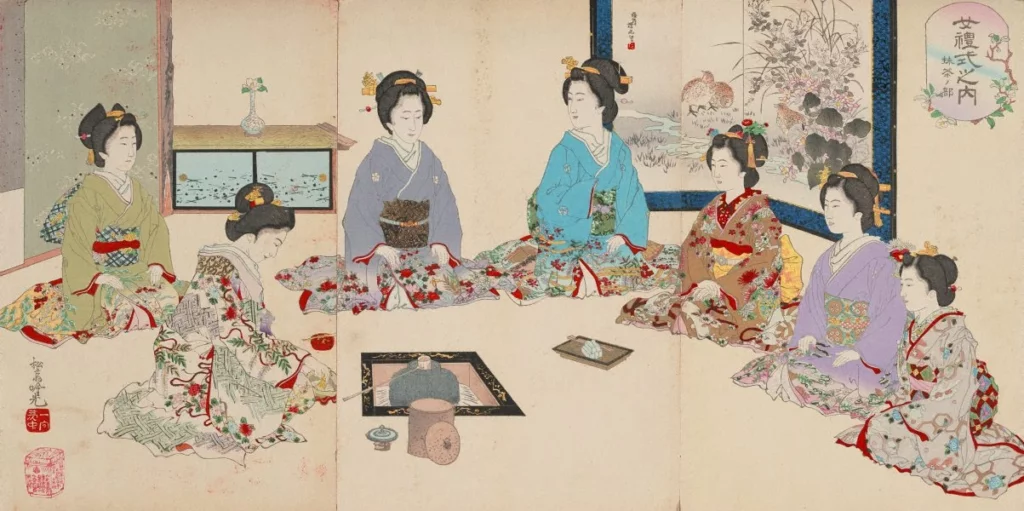
The Japanese tea ceremony represents the pinnacle of tea tradition refinement, transforming the simple act of preparing and serving tea into a meditative art form. Rooted in Zen Buddhism, this ceremonial practice emphasizes mindfulness, respect, and harmony through precise movements and careful attention to detail.
Key elements of the traditional Japanese tea ceremony include:
- Preparation of the tea room with specific seasonal arrangements
- Ritualized cleansing of utensils before guests
- Precise whisking techniques to create the perfect matcha foam
- Respectful serving that honors both tea and guests
Chinese Gongfu Tea Brewing
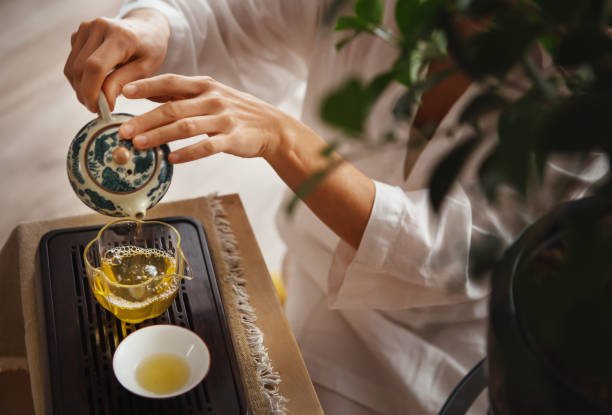
China’s gongfu tea tradition focuses on extracting the maximum flavor and aroma from premium tea leaves through skillful brewing techniques. This method uses small clay teapots and multiple short steeping cycles, allowing tea drinkers to experience the evolving flavor profile of each infusion. One of the best gongfu teas to brew is called iron goddess of mercy, an all time favorite of many tea drinkers.
European Tea Culture: Elegance and Social Connection
British Afternoon Tea Tradition
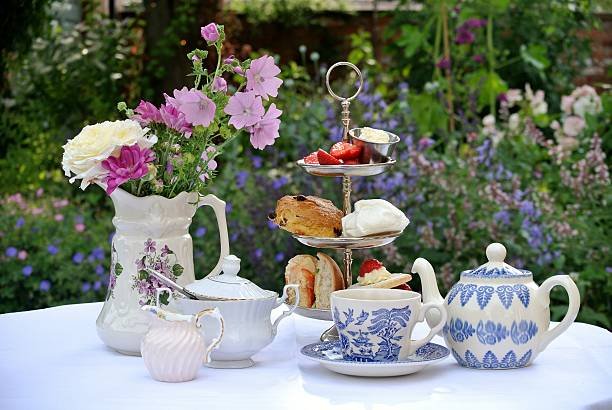
British afternoon tea, popularized by Anna, Duchess of Bedford in the 1840s, transformed tea drinking into an elegant social occasion. This tradition features:
- Three-tiered serving stands with finger sandwiches, scones, and pastries
- Fine china tea sets often passed down through generations
- Specific timing typically between 3:30 and 5:00 PM
- Social etiquette that governs conversation and comportment
Russian Tea Culture and the Samovar
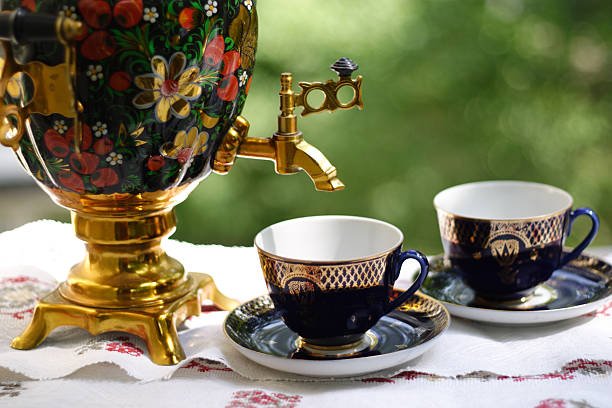
Russian tea traditions center around the samovar, a traditional heated metal container that keeps water hot for tea preparation throughout the day. This practice creates a communal atmosphere where family and friends gather for extended conversations over strong black tea, often sweetened with jam rather than sugar.
Middle Eastern and North African Tea Rituals
Moroccan Mint Tea Ceremony
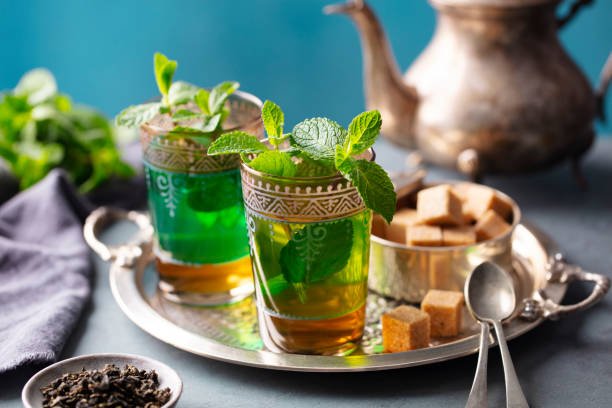
Moroccan tea culture revolves around the preparation and serving of traditional mint tea, known locally as “atay.” The ceremonial pouring from a height creates a distinctive foam and symbolizes hospitality and generosity.
Turkish Tea Culture
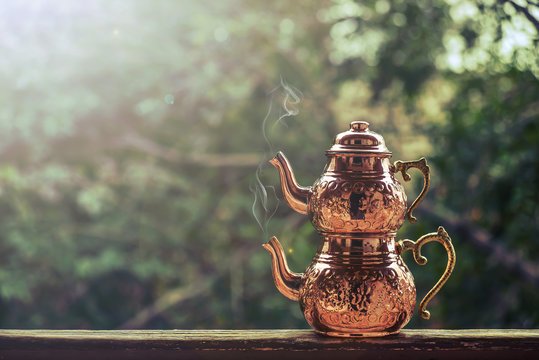
Turkey’s tea tradition uses distinctive tulip shaped glasses and a double teapot system called “çaydanlık.” Turkish tea ceremonies emphasize social bonding and are integral to both business meetings and casual gatherings.
Modern Tea Traditions: Innovation Meets Heritage
See our related post to find out How Gen Z & Social Media is Driving Tea Popularity
Contemporary Tea Ceremonies
Modern tea enthusiasts are creating new traditions that blend ancient wisdom with contemporary lifestyles:
- Meditation-focused tea sessions that combine mindfulness practices with tea drinking
- Tea and food pairing events similar to wine tastings
- Virtual tea ceremonies connecting global communities online
- Sustainable tea practices emphasizing ethical sourcing and environmental responsibility
The Rise of Specialty Tea Culture
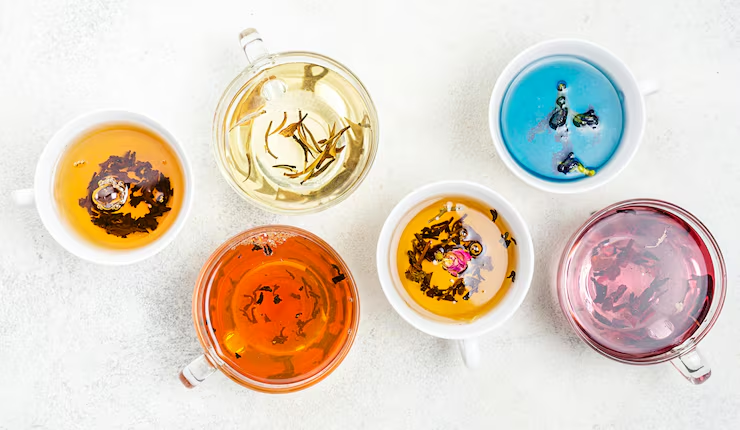
The third wave tea movement emphasizes single origin teas, artisanal preparation methods, and educational experiences that help consumers appreciate tea’s complexity and cultural significance.
Preserving and Evolving Tea Traditions
Tea traditions around the world continue to evolve while maintaining their cultural authenticity and spiritual significance. Whether participating in a formal Japanese tea ceremony, enjoying British afternoon tea, or sharing Moroccan mint tea with friends, these practices offer opportunities for mindfulness, connection, and cultural appreciation.
As we embrace new tea traditions and adapt ancient practices to modern life, we honor the thousands of years of wisdom embedded in these cultural ceremonies while creating meaningful experiences for future generations to cherish and continue.